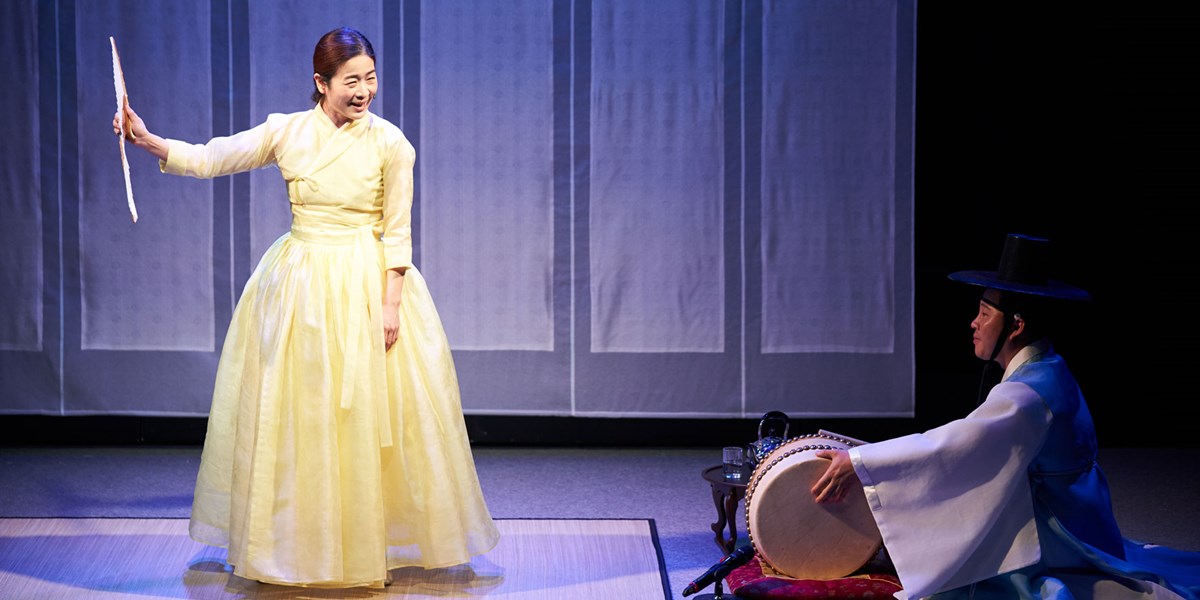Wednesday, October 12, 2022
Korean singer Jaram Lee on reinterpreting Hemingway’s The Old Man and the Sea
Jaram Lee dives deep into the story of The Old Man and the Sea for a unique pansori retelling. Christopher Conder reports

Jaram Lee and Jun-Hyung Lee performing The Old Man and the Sea (photo: Wansung Playground)

Register now to continue reading

Thanks for visiting the Songlines website, your guide to an extraordinary world of music and culture. Sign up for a free account now to enjoy:
- Free access to 2 subscriber-only articles and album reviews every month
- Unlimited access to our news and awards pages
- Our regular email newsletters

